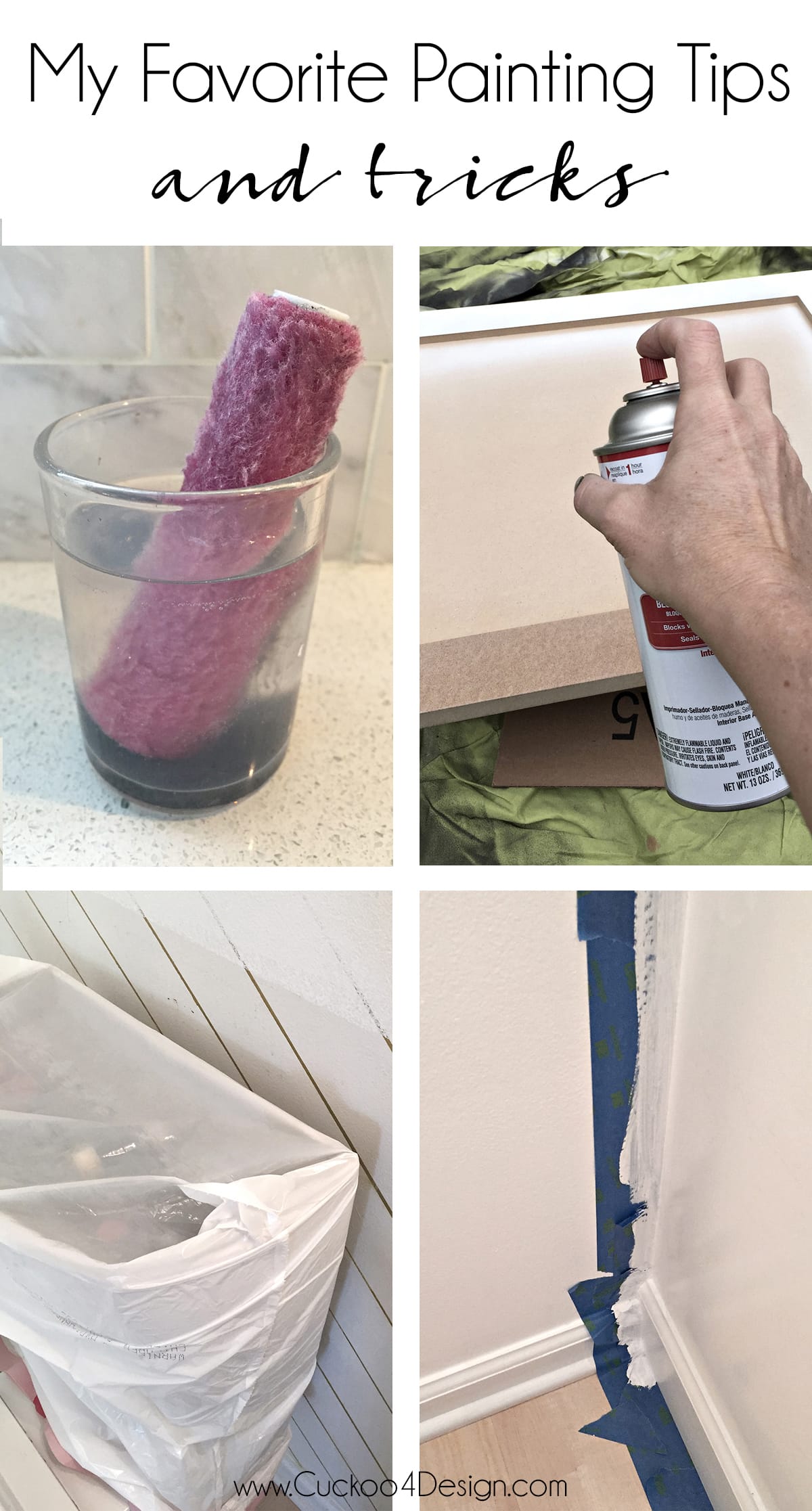Batter Links: Your Gateway to Trending News
Stay updated with the latest trends and insights from around the world.
Brush Up Your Skills with These Game-Changing Painting Hacks
Unlock your inner artist! Discover game-changing painting hacks that will elevate your skills and transform your masterpieces today!
5 Essential Painting Techniques Every Artist Should Master
Every artist, whether a beginner or a seasoned professional, should familiarize themselves with essential painting techniques to elevate their craft. Here are 5 essential painting techniques that every artist should master:
- Layering: This technique involves building up colors and textures by applying multiple layers of paint. It creates depth and richness in your artwork, allowing for more complex details.
- Glazing: Glazing is the application of a transparent layer of paint over a dry layer. It can significantly alter the color and luminosity of the base layer, adding a unique glow to your paintings.
In addition to layering and glazing, artists should also practice:
- Wet-on-wet: This technique requires applying wet paint onto wet paint, allowing colors to blend and create soft edges. It’s particularly effective in landscape painting.
- Dry brushing: By using a dry brush with minimal paint, artists can create a textured effect, perfect for depicting rough surfaces or intricate details.
- Scumbling: This method involves applying a thin layer of lighter, opaque paint over a dry darker layer, resulting in a delightful textural quality.

How to Choose the Right Brushes for Your Painting Style
Choosing the right brushes for your painting style is crucial in achieving the desired effect in your artwork. Start by identifying your painting medium—whether you're working with acrylics, oils, or watercolors—as different materials require specific brush types. For example, acrylic painters may benefit from synthetic brushes which can withstand the heavy body of acrylic paint, while oil painters often prefer natural bristles for their ability to hold more paint and create smooth strokes. Consider the shape of the brush as well; flat brushes are great for broad strokes and filling in large areas, while round brushes are perfect for intricate details.
Next, think about the size and stiffness of the brush bristles. A small, stiff brush can help in detailed work, while larger, softer brushes are ideal for blending colors. To further refine your selection, explore various brush sizes by referring to a brush size chart specific to your preferred medium. Finally, don’t hesitate to invest in a few high-quality brushes. Quality brushes not only provide better control but also enhance your painting experience significantly. Remember, the right brush can transform your approach and outcome, so take the time to experiment until you find the perfect match for your unique painting style.
Top 10 Common Painting Mistakes and How to Avoid Them
Painting your home can be a rewarding yet challenging task. Unfortunately, many DIY painters make common mistakes that can ruin their project and lead to costly touch-ups. In this article, we’ll discuss the top 10 common painting mistakes and how to avoid them. From inadequate surface preparation to choosing the wrong type of paint, these pitfalls can compromise the quality of your work. Understanding these errors will help ensure that your painting project goes smoothly and looks professional.
- Skipping Surface Preparation: One of the most critical steps before painting is preparing the surface. Neglecting to clean and repair surfaces can lead to peeling paint and uneven finishes.
- Using the Wrong Tools: Selecting the correct brushes and rollers for the job is essential. Using improper tools can affect the application and finish of your paint.
- Ignoring Primer: Primer is crucial for achieving a uniform finish. Failing to use it can cause your paint to look uneven and wear out faster.
- Choosing the Wrong Paint: Every room has different needs, and selecting the appropriate type of paint (like matte, satin, or gloss) is vital for durability and appearance.
- Rushing the Process: Patience is key. Allowing adequate drying time between coats is essential to avoid tacky paint that can smudge easily.
- Neglecting to Tape: Not using painter’s tape can cause messy lines and overspray. Always tape areas that you want to keep paint-free.
- Skipping Safety Gear: Forgetting to wear masks and goggles can lead to paint inhalation or eye irritation, especially with oil-based paints.
- Not Ventilating the Area: Failing to ensure proper ventilation can lead to hazardous fumes that affect your health.
- Overloading the Brush or Roller: Too much paint on your tools can lead to drips and runs. Always remove excess paint before applying.
- Being Unprepared: Always ensure you have enough paint, tools, and materials before starting to avoid last-minute trips.